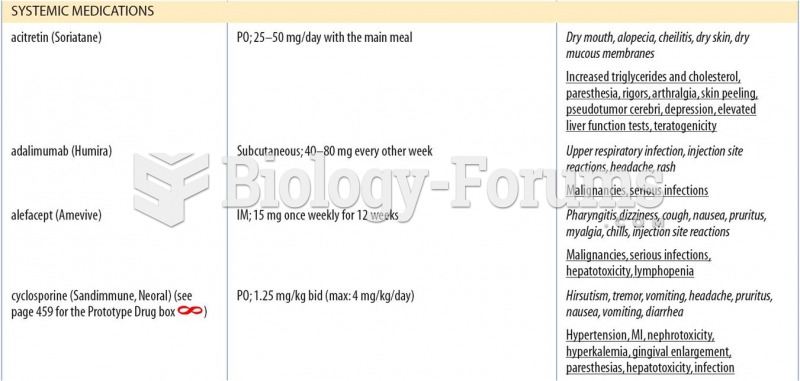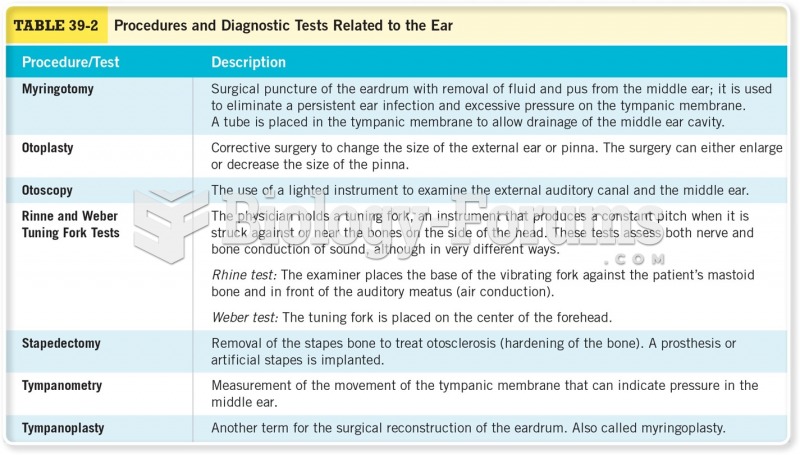Answer to Question 1
b
Answer to Question 2
In OCD, the dangerous event is a thought, image, or impulse that the client attempts to avoid as completely as someone with a snake phobia avoids snakes. Obsessions are intrusive and mostly nonsensical thoughts, images, or urges that the individual tries to resist or eliminate. An example of an obsession would be believing that germs are everywhere and are dangerous.
Compulsions are the thoughts or actions used to suppress the obsessions and provide relief. There are four major types of obsessions, and each is associated with a pattern of compulsive behavior. Symmetry obsessions account for most obsessions, followed by forbidden thoughts or actions, cleaning and contamination, and hoarding. Symmetry refers to keeping things in perfect order or doing something in a specific way. An example of a compulsion would be constant hand washing and hours of bathing to keep germs off one's body.
The most effective treatment is called exposure and ritual prevention (ERP), a process whereby the rituals are actively prevented and the patient is systematically and gradually exposed to the feared thoughts or situations. For example, a person who was obsessed with germs and performed compulsive washing rituals would be systematically exposed to harmless objects or situations that he thought were contaminated, including certain foods and household chemicals, and his washing and checking rituals would be prevented. Usually this can be done by simply working closely with patients to see that they do not wash or check. In severe cases, patients may be hospitalized and the faucets removed from the bathroom sink for a period to discourage repeated washing. However the rituals are prevented, the procedures seem to facilitate reality testing, because the client soon learns, at an emotional level, that no harm will result whether he carries out the rituals or not.


![The mandrill (Mandrillus sphinx) is a primate of the Old World monkey (Cercopithecidae) family,[3] c](https://biology-forums.com/gallery/47/medium_12359_08_06_12_5_05_05.jpeg)




